
Embroider Job Description
What is a Embroider Professional?
Embroidery is a craft that involves stitching thread or yarn onto fabric to create patterns and decorations. It can be done by hand, using a needle and thread, or with a sewing machine. Embroideries are often used to embellish clothing, linens, and other textiles. They can also be used to make artworks such as tapestries and wall hangings. Embroidery has been practiced for centuries all over the world. In some cultures, it is considered an important part of traditional dress; in others, it is more casual and decorative. There are many different stitches that can be used in embroidery, each requiring its own special techniques. The most popular stitch types include chain stitch, cross-stitch , satin stitch , stem stitch , running stitch , Knots & Picots . There are endless possibilities when it comes to designs for embroideries; they can be simple geometric shapes or complex scenes featuring people or animals . Many modern machine-embroidered items feature pre-programmed designs which can simply be selected and stitched out without any prior knowledge of how to do so
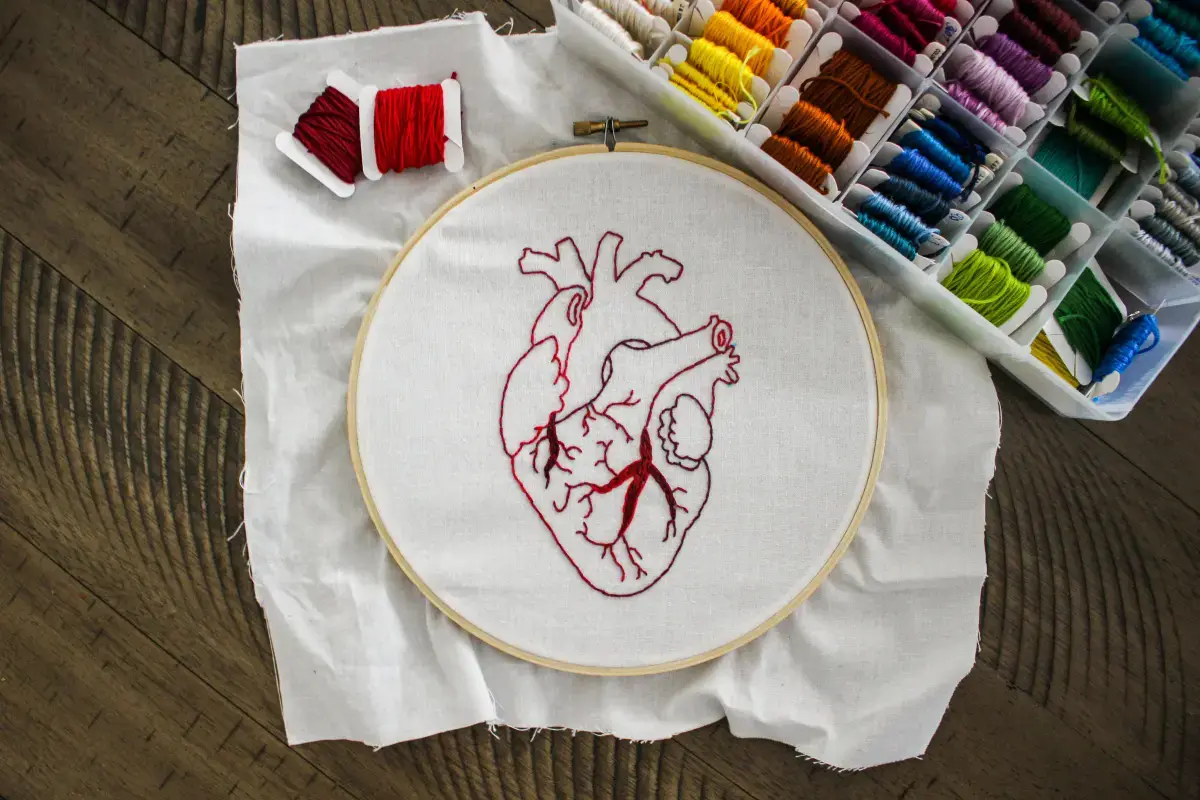
What does a Embroider Expert do?
However, those who wish to design their own unique creations may opt for freehand embroidery instead . This allows them complete control over what goes into the final piece but requires skillful handling of the said materials throughout the process. Embroiderers usually start by transferring their chosen design onto the fabric using carbon paper or tracing paper before beginning to sew . Once the basic outline has been completed additional details like shading may then be added – this stage is known as filling in the gaps
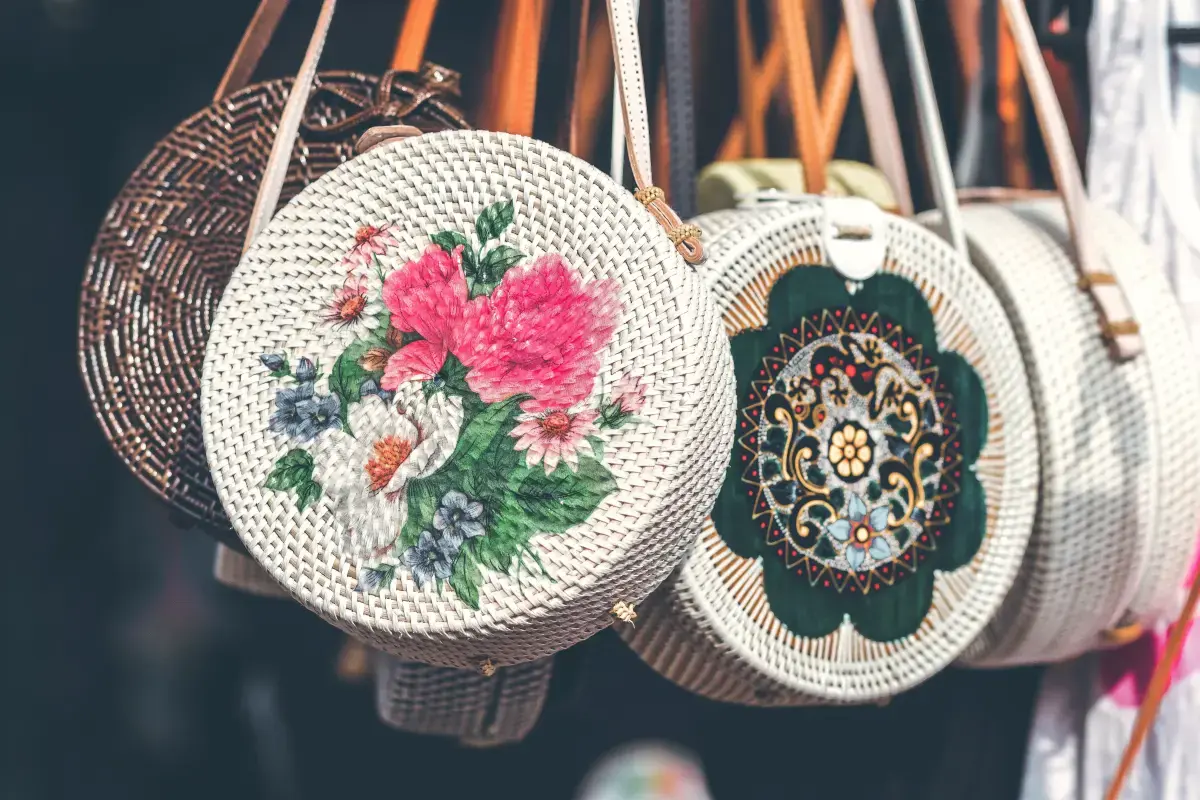
What are the Skills of a Embroider?
In order to become an embroidery professional, one must first acquire the necessary skills and experience. There are a variety of ways to learn these skills, but the most common is through on-the-job training or apprenticeships. Many embroiderers start their careers as sewing machine operators or assistants in garment factories, costume shops, alterations businesses, or other places where clothing is produced. In some cases, individuals with prior experience in another field such as graphic design may be able to transition into this career path more easily. The key skills that an individual needs in order to succeed as an embroidery professional include: good hand-eye coordination; attention to detail; patience; and excellent stitching techniques. Embroiderers also need to have a strong understanding of different types of fabrics and how they react when worked with differently – knowledge which can usually only be gained through significant amounts of hands-on practice. Additionally, many modern employers now require their employees to have basic computer literacy including familiarity with programs like Photoshop or Illustrator since so much design work is done digitally nowadays before it ever reaches the needlework stage. While there are no specific educational requirements for becoming an embroidery professional, many workers choose to pursue postsecondary courses related specifically towards this field such fabric dyeing/printing processes or advanced sewing techniques at art & design schools
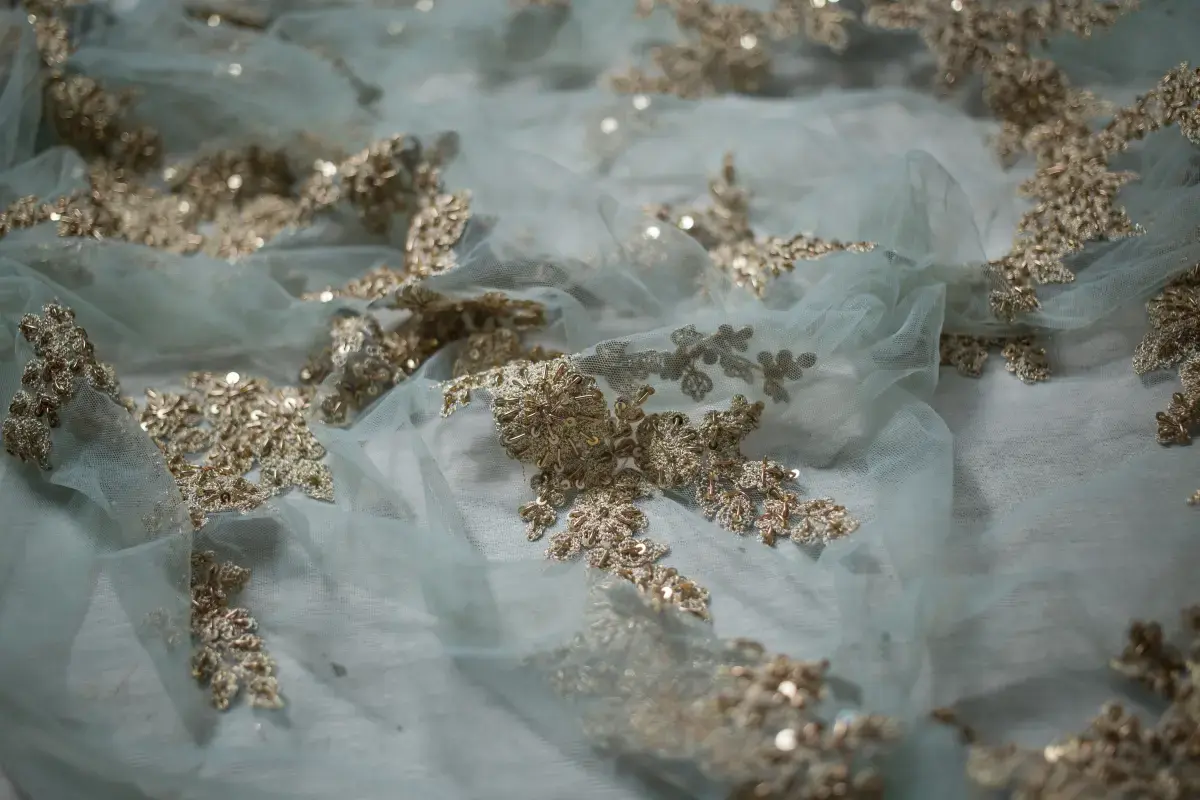
What makes an Expert Embroider?
Others opt for more generalist degrees/diplomas such certificate III’s (or equivalent) in Fashion & Textiles from TAFE Colleges which provide them with a well-rounded education touching upon all aspects of textile production from preliminary sketching right up until final garment construction . The majority though will likely gain the vast majority of their practical skill set “in house” via on site mentorships under the tutelage experienced co-workers over several years time combined occasional workshop attendance outside working hours– slowly ascending upwards positionally within larger companies until they eventually earn supervisory roles themselves responsible overseeing teams Junior staff members engaged various needlework tasks assigned them daily basis
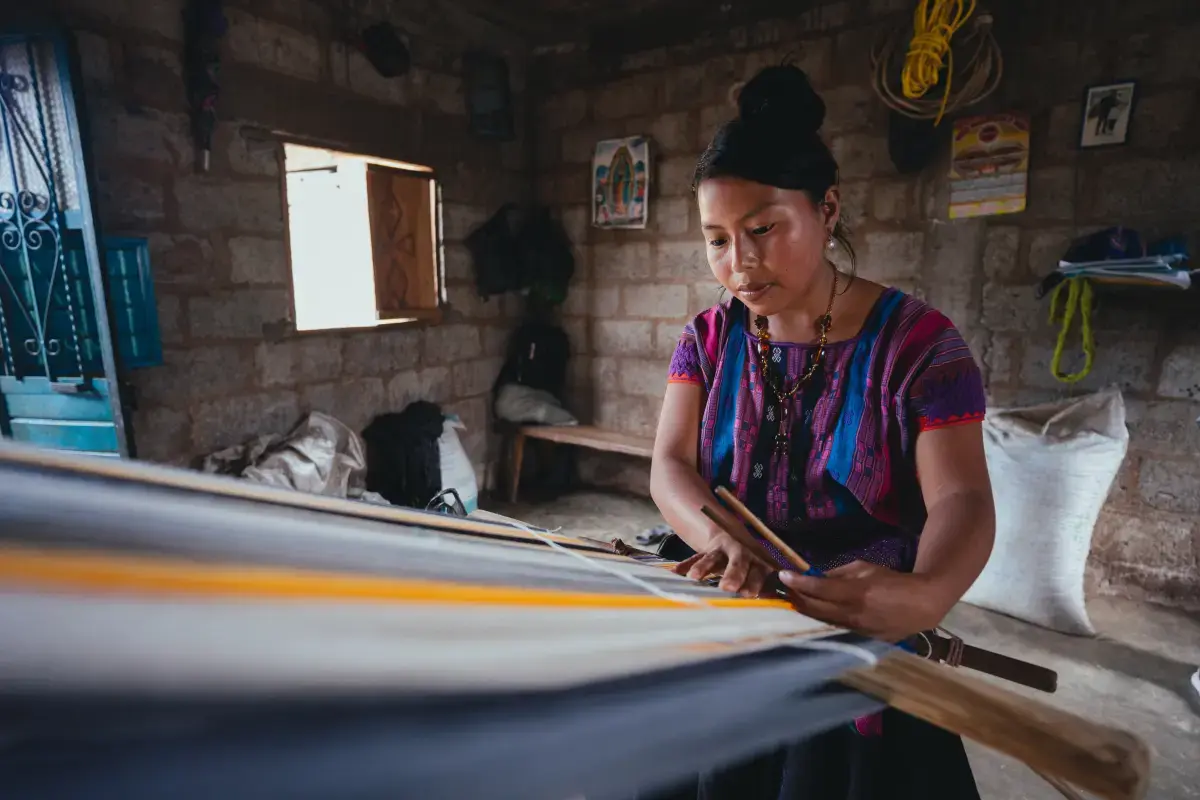
What level of Experience & Qualifications are required to be a Embroider?
Structural knowledge of textiles and fabrics -Ability to create detailed patterns and freehand stitch drawings on fabric -Experience with all types of embroidery machines, software, techniques and materials -Working knowledge of CAD (Computer Aided Design) programs, including CorelDrawDesigner Pro or Adobe Illustrator -Extensive experience with different hoop sizes and frames for use in designs on clothing, home decor items etc. -Proficiency in troubleshooting any technical problems that arise during the embroidery process -Excellent color sense for choosing thread colors for multiple shades/tones -Demonstrated ability to produce high quality garments using best practices in garment finishing -Strong organizational skills to stay abreast on current trends in the industry as well as a keen eye towards working efficiently while maintaining accuracy -Post secondary education related to fashion design/illustration or appropriate work experience (e.g., training at an industrial apparel production facility)
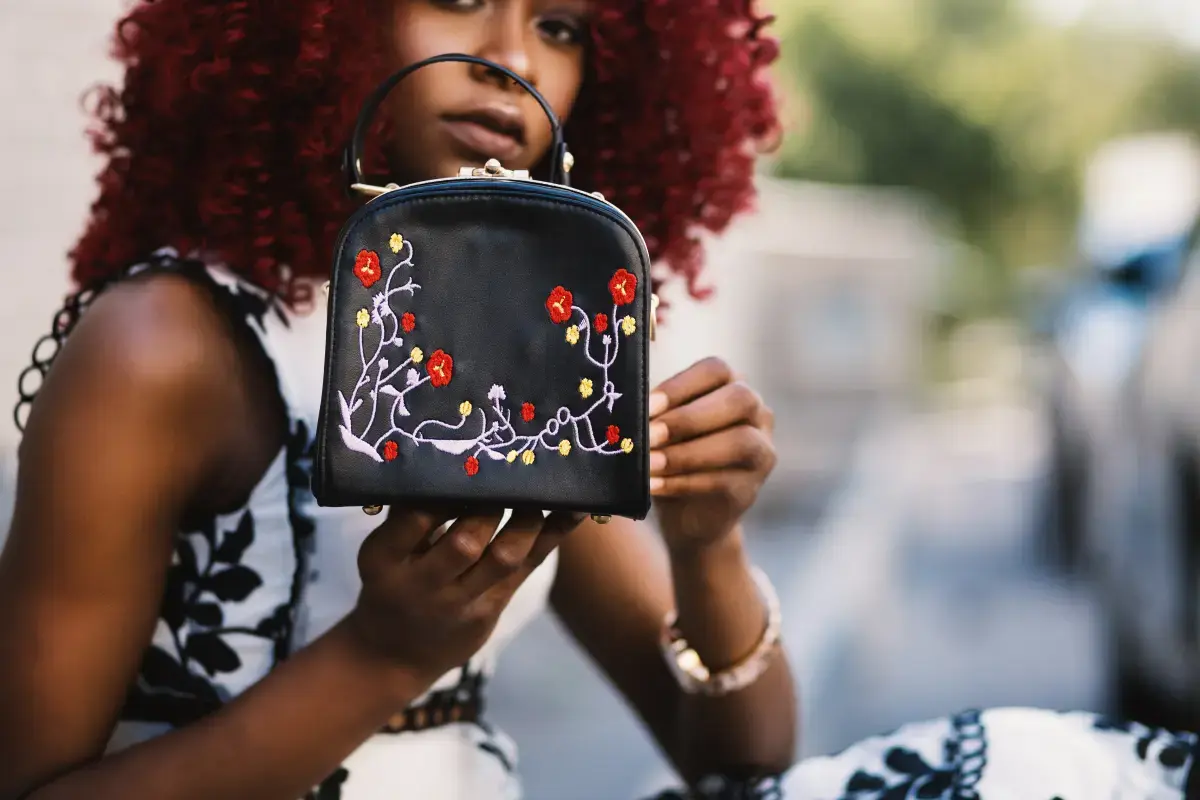
What is the Salary of a Embroider?
At the junior embroidery level, salaries typically range from $15,000 to $20,000 per year. This salary reflects entry-level positions with basic skill sets and minimal experience creating custom stitched designs for garments and other fabric items. As embroiderers become more experienced and gain additional skills like digitizing (the process of turning images into digital stitching instructions), they can earn more. An Intermediate Embroiderer usually earns around $25,000 -30,000 per year. Experienced embroiderers can earn up to around $35,000-$45,00 per year depending on experience levels as well as regional variations in the cost of labor. Those professionals at the Senior Embroidery Level will commmand a higher pay grade than an experienced worker due to their expertise in designing intricate stitch patterns and combined techniques such as quilting or appliquéing designs along with a higher level of customization when compared to entry-level work. Professionals at this level should expect salaries ranging between $50k-$70k+ depending on their reputation within the industry and their portfolio showcased works showcasing highly complex concepts executed flawlessly with impeccable attention detail on various apparel items such as jackets or hats & caps etc..
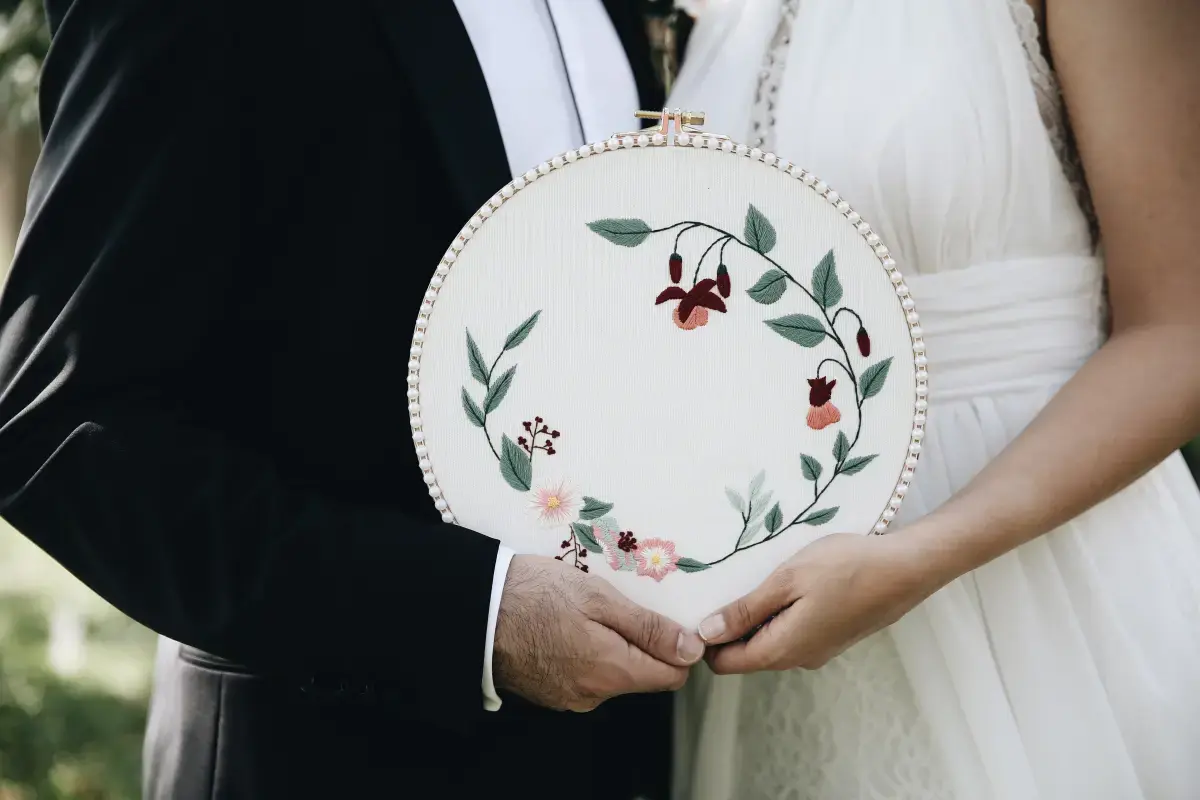
What are the Working Conditions for a Embroider?
Embroidery artists generally work in an art studio or workshop and can be based anywhere from home offices to larger factories. Their usual working hours are usually flexible, but many choose to work during the day to ensure that fabrics for their designs are quickly delivered. They use a variety of machines such as hand embroideries and computerised machines to produce detailed patterns onto fabric, paper and other materials. Embroidery artists require strong drawing skills in order to trace their design onto the fabric they will be using. They also need good eye-hand coordination when using various tools like needles, thimbles, blades and frames in order to stitch intricate designs into the chosen material. Correcting any errors made during stitching is just as important since accuracy is essential if no mistakes are visible on the final design once it has been completed or implemented onto garments or products made out of fabrics. Attention is also needed when selecting different threads/embroidered pieces which should come together perfectly with little interaction between them so that they look almost seamless once stitched together correctly by an experienced embroiderer without having too much overlapping threads showing off at certain points on each side of your product’s overall design pattern..
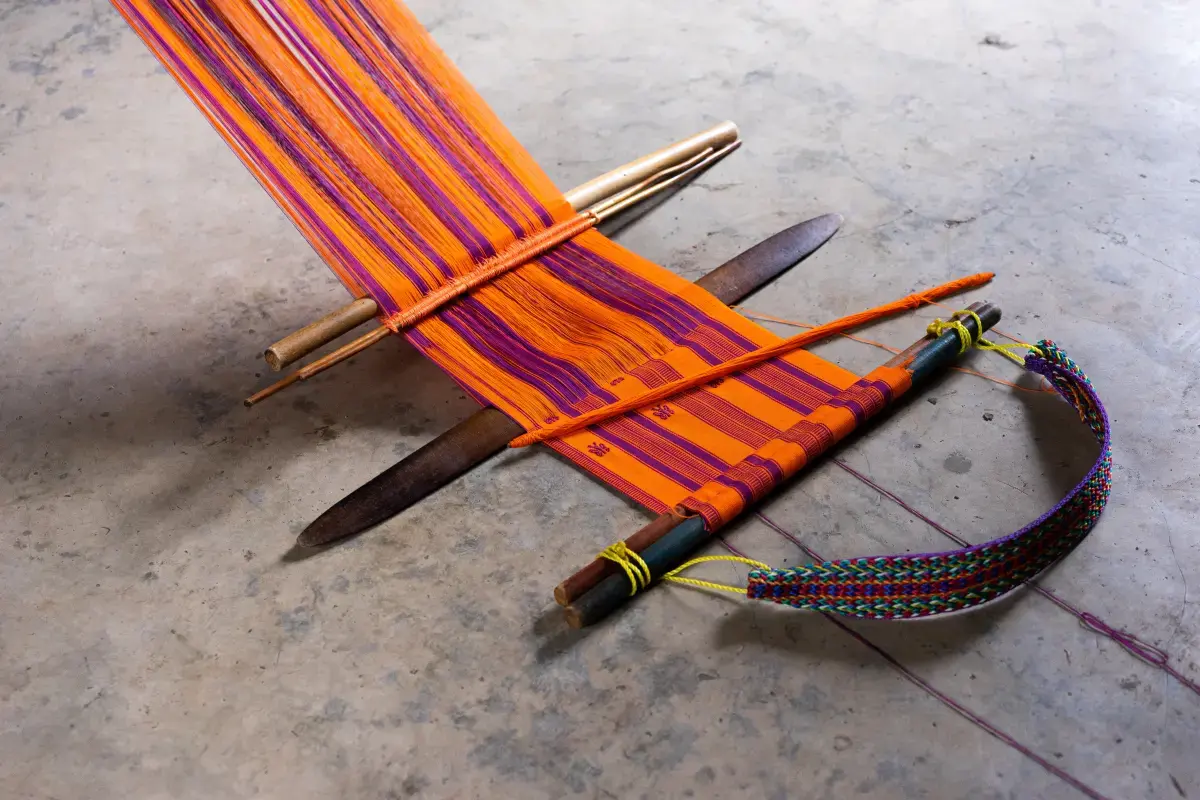
What are the roles and responsibilities of a Embroider?
An embroiderer is responsible for operating a sewing machine to stitch fabric together.
An embroiderer is responsible for selecting the proper colors and types of thread to use.
An embroiderer is responsible for measuring and cutting fabrics accurately.
An embroiderer is responsible for hoop selection based on design size..
.An Embroidery Digitizer Is Responsible For Creating Digital Designs To Be Used In The Embroidery Process
.Operating Devices That Digitize Images Into A Stitch File Format
manipulating And Editing Sew Files Using Graphics Software Programs
working closely With Customers To Ensure Their Satisfaction
Reviewing Artwork For Quality Assurance Prior To Production
sorting Thread Colors According To specifications
organizing Work Orders Based On Priority
loading Garments Onto Automated Equipment
monitoring Machines During Operation
removing Finished Products From Machines
conducting quality Control Inspections
trimming ExcessThreads
repairing damaged garments
pressing completed orders
updating customers on order status 20 cleaning work areas and machines
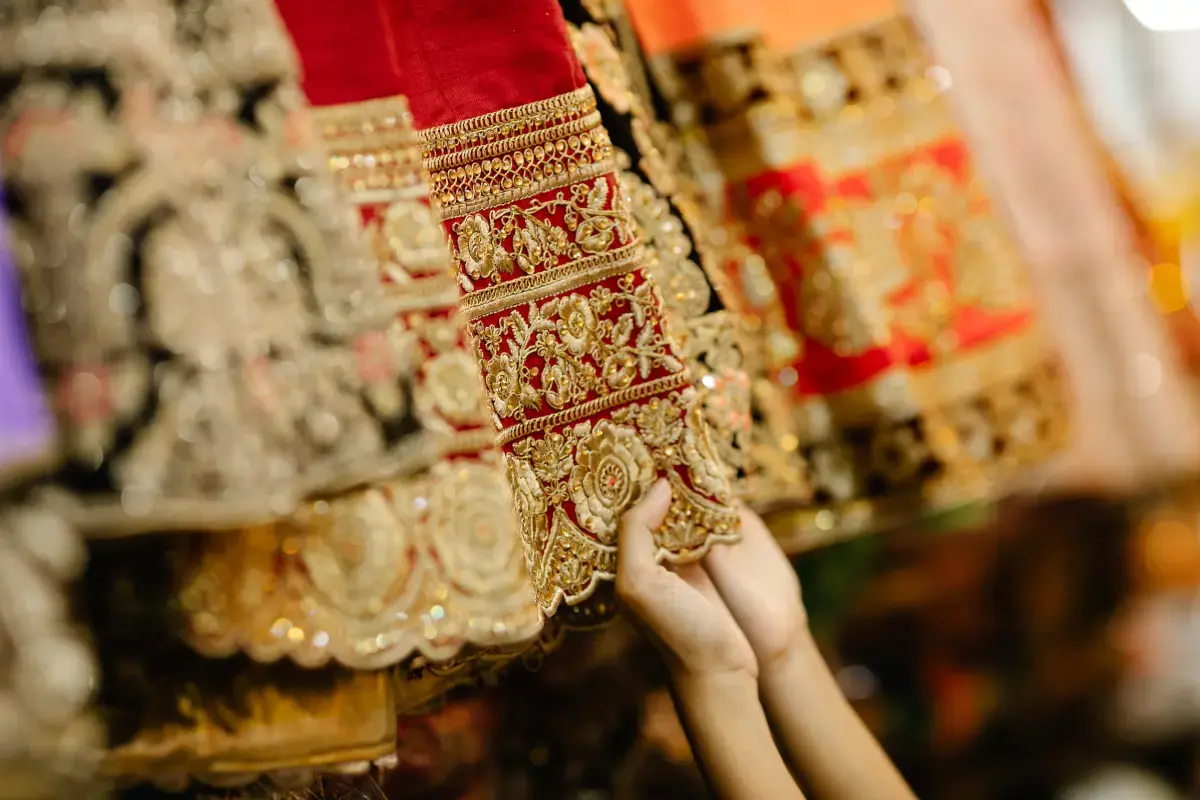
Where can I find Embroider jobs?
- Create a profile on gigexchange and promote your Embroider skills to advertise you are Open to New Work Opportunities
- Ensure your Resume (or CV), or online work profile is up to date and represents your skills and experience. Ensure your reputation reflects your ability & attitude.
- Apply for Embroider Jobs advertised on gigexchange.
- Practise Embroider interview techniques to ensure you represent your personality and ability succinctly and confidently.
- Accept the job offer if the salary meets your expectations and the employer mission and purpose reflects your core values.
Jobs
What are the best job boards for Sewing jobs?

How can I hire Embroider staff online for my business?
The best job board for recruiting Embroider experts is gigexchange.com. Advertise full-time, part-time or contract jobs to find, hire & recruit trusted, experienced and talented Embroider candidates near you.
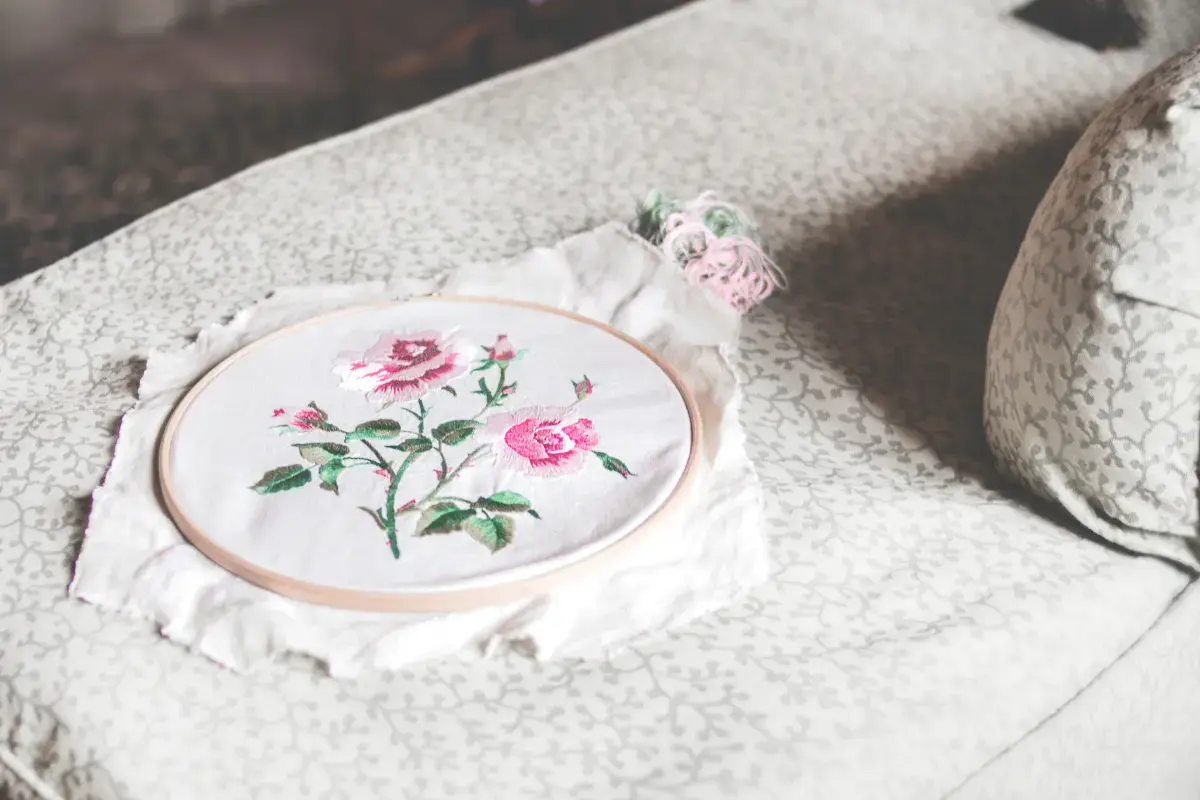
Are Embroider roles in demand in 2026?
Embroider experts are still in high demand in 2026. If you are an experienced Embroider or looking to train and become one. The job market is looking strong for Embroider jobs near me.